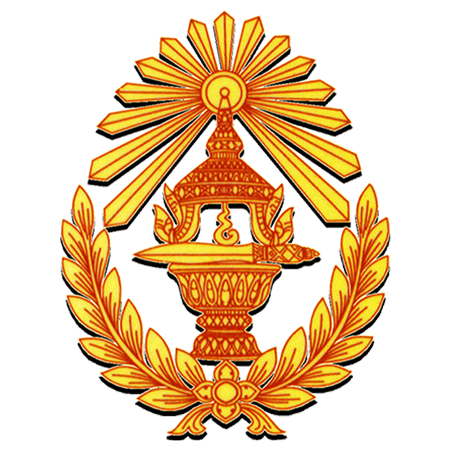[…] (the prepared text) the central bank has again taken its original name “the National Bank of Cambodia” playing an arbitrary role in managing banking sector, … and the treasury has been separated from the National Bank of Cambodia too.
[Start of Comments]
In late 20th Century, No Country Abolished Currency as Cambodia Did
The prepared written speech could not cover events evolved (in relation to Cambodia’s political and banking sector) in the beginning period. In this world, no country would by late 20th century abolish currency as what happened in Cambodia. It is already in the later part of the 20th century, (Cambodia had had) no cities, markets, schools, or literally speaking nothing. Looking back on the path we traversed after forty years, we could be proud with what we have achieved for national revival. I did not take my diary today to show you my notes and draft of Cambodia’s banknotes. There four dignitaries then – Samdech Heng Samrin, Samdech Chea Sim, Pen Sovann, and I – in August or September that we discussed about the new banknote. After our discussion, HE Cha Rieng (then National Bank Director) was briefed the concept […]
The Riel Banknote Printed in 1955 and Destroyed Completely under Pol Pot
[…] no country in the world that suffered the fate that Cambodia did – no currency, no bartering of goods, no markets, etc. Looking back on those, every Cambodians would be even prouder for their contributions to have brought Cambodia this far from no foundations left from the past regimes. It was different from when Samdech Preah Borom Ratanak Kaod received the country from the French though we had the conversion of currency used for the three countries in Indochina to the Khmer Riel in 1955. The banknote printed under the Popular Socialist regime continued to circulate in the country’s economy. Lon Nol printed new banknotes but people were able to change from old ones to the others. Under Pol Pot, the Khmer Riel was totally destroyed. In those days, in the country there was no printing capacity of banknotes. We had to have them printed in Moscow, in the former Soviet Union time, then have them air-shipped to Phnom Penh […]
Prime Minister Lacking Cash for Civil Servants Salary
By early 1990, we were able to put a printing capacity into operation for small banknotes. It was a very difficult time. I served the longest in the Royal Government from 8 January 1979 up to the present […] it was very difficult in becoming a Prime Minister of a country in which there were not sufficient cash for civil servants salary. Even after the first, the second and the third legislative term Royal Governments, we still did not have sufficient cash flow to ensure payrolls of civil servants and the armed forces […] we started by dissolving the slavery production mode and our people were just waiting for the time to arrive. Pol Pot gathered every kitchen utensils to the cooperatives. People work and eat collectively. Once the regime fell, people did not wait but took back what were theirs […]
Then, Bartering Came
People then started old form of trading – bartering. People exchange what they had with each other. Someone who had fish exchanged them for rice, cloth, etc. We later noted exchanges of gold and gold, while along the border, we also observed exchanges of foreign currencies such as Vietnamese Dong, USD, French Franc, and other foreign currencies. People accepted and used all. As we had the Khmer Riel printed and circulated, I wrote about how did we print and circulate it in the Cambodia’s Ten Years March book […] there had been instances that people did not recognize banknotes as they never saw it under Pol Pot, especially in area liberated (by the Khmer Rouge) […] that had not been easy for an economic structure.
Political and Economic Reforms in 1980s
We were not able to jump off from centrally planned to market economy right away. I faced with dangers on this effort. Leading reform was not an easy job […] as I think about political and economic reforms in 1980s, it always gives me goosebumps. Why? How many people then could have understood about the need for negotiation except fighting? I started reforms on both fronts. The first front was political reform, which means we had to seek negotiation for peace for Cambodia […] according to surveys from the National Defense of Cambodia then, Minister of Defense Koy Buntha did not agree to political negotiation and thought doing so would abandon revolutionary or social achievements. I had to appoint Samdech Tia Banh, then in the Ministry of Public Works, as Minister of National Defense. He was a deputy chief of general staff before he was appointed Minister of Transports and Public Works […]
I was then Minister of Foreign Affairs for a while before I gave the Foreign Affairs post to a dignitary who then was not optimistic about the negotiation. I then had to take up foreign affairs under my wing again. How many, that is why I am asking, would understand about negotiation? They thought negotiation means accepting defeat. Negotiation was in fact for us to end war and to seek for a political solution for the country. We did not wait. We embarked on preparation for entering market economy. Even on this point, how many would understand about market economy? Many of our leaders had their education then in North Vietnam after the Geneva conference in 1954. They knew more about cooperatives. As you could see that there had to be a transition and we could not jump off the centrally plan directly to market economy […]
Faced with Three Challenges
I have said this once and I think I should bring it up again. There had been three pressuring challenges on me (while conducting political and economic reforms in Cambodia):
Firstly – there were insufficient internal understanding. I could have lost support from within and it would be the biggest danger. How could I go about negotiating for political settlement and economic reforms? We talked about role of private sector and our rank talked about strengthening state role. Quite contradictory […] it was not fun for someone to be Prime Minister in such circumstance. I was fortunate though that top leaders such as Samdech Chea Sim, Samdech Heng Samrin, the late HE Say Phuthong, and other leaders offered me supports. I worked from bottom up. I travelled to provinces and learnt about land reform in Takeo, where Pol Saroeun was then its governor […] in contrast, Kratie was very conservative on the same topic (compared to Takeo). That was one of the possible danger out of the three I would list on me.
Secondly – as I started reform, there were about ten thousands Vietnamese troop in Cambodia and Vietnam itself was not yet on its path of Doi Moi (or reform). Should Vietnam then disagreed and decided to interfere in Cambodia’s political principles, it could have been a real danger. I always avail my respect to the Vietnamese troop and to the late HE Le Duc Anh for that position they took. Leading (Vietnamese) experts working in Cambodia, he made it clear that task of the Vietnamese troop was to help Cambodia prevent the return of Pol Pot. Cambodia would lead its political and economic matters […] in that case, Vietnam was not obstacle to my political and economic reforms endeavors. It was because of this that I could succeed in the reform while Vietnamese troops were in Cambodia […]
Thirdly – (the reforms were carried out) while the former Soviet Union – who provided us main assistance – was using term like “revisionism.” Should they judge Hun Sen as one of the revisionists, I could be in danger too […] while I started the process of reforms in Cambodia, there were no Perestroika and glasnost yet. What if the Soviet Union told Samdech Heng Samrin or Samdech Chea Sim to take me out or they would cut off assistance […] that would be the end too.
Party and Country Were With Me for Political Settlement
It was fortunate that I could bring the Cambodian People’s Party and the country on board together for political settlement […] we conducted amendment to the Constitution in just one day […] I gave a roughly two hour lecture to the National Assembly and I pinpointed the need to offer people ownerships to their houses or cities would face housing collapses. People would not pay to refurbish houses as they believed them to be provisional residences. People would not bolster levees in rice fields as they were not sure where they would be going next and who would work the land instead […] I am so glad that our achievements came from hardworking and we would work hard to protect them. I thank the leadership of the Cambodian People’s Party for their supports to my initiative from one phase to another and today, after forty years, we are standing firm on this land of ours. I would need more times to talk about all this. One day I would have them recorded on footage for record keeping […]
Hun Sen Government Stands after Vietnam Left
I may elaborate some more on what has been written in the prepared text. We may compare Cambodia to Vietnam, and Laos, and some countries going through regime changes. What happened was that they only changed the leadership but not the system. Take for instance, in the presence of the Vietnamese Ambassador here, after the liberation of former South Vietnam, leaders of the regime left but they kept the Vietnamese banknotes. People later changed from banknotes of former regime to new ones […] it was not the case of Cambodia […]
In another bizarre development, were there any regimes in this world and in Asia, for instance, stay on after withdrawal of foreign troops? Cambodia could. Lon Nol’s regime fell after the US withdrew. South Vietnamese fell after the US withdrew. Afghanistan fell, after the Soviet Union withdrew. As for the Hun Sen’s government, it stands firm after Vietnam left. Although there had been compromises afterwards, they were all based on mechanisms of the Hun Sen’s government […]
In 1998, Vietnam withdrew from Cambodia. The external aspect of the Cambodian problem was solved. The remaining issue to solve was internal aspect of Cambodia, which was to obliterate the regime of Pol Pot’s genocide […] External aspect of the Cambodian problem included the Vietnamese troops in Cambodia, use of foreign sanctuaries and foreign assistances to the forces against Cambodia. Internal aspect of the Cambodian people was division of the four Khmer factions. There were three factions in the tripartite coalition government and the Phnom Penh government. We needed to find a way to bring them together. We did it. Cambodia ended war on 29 December 1998 – the day when the Khmer Rouge leaders surrendered to the Prime Minister’s house. That story was unique in the world […] the Khmer Rouge’s President and Prime Minister Khieu Samphan, President of the National Assembly Nunon Chea and their cabinet members came. Ieng Sary came first. All of them passed away already. Only Khieu Samphan is alive. It has been a journey of so much difficulties. We needed to maintain (what we have achieved) and keep going. Yes, that is about all I needed to say in addition to the prepared text […]./.
[End of Comments]

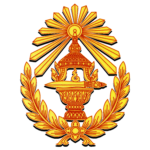
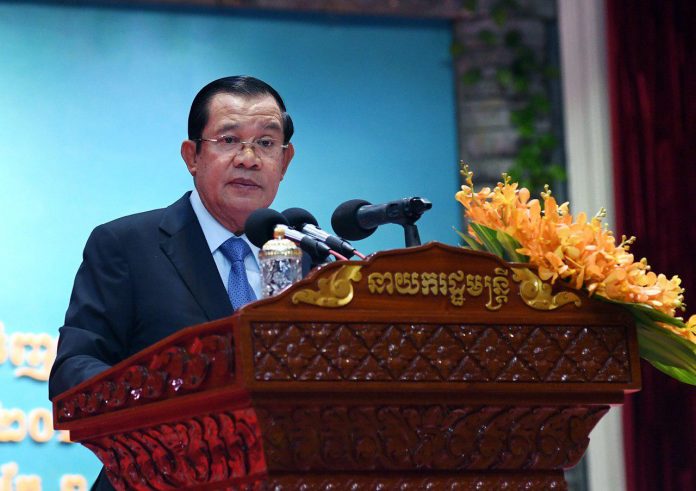
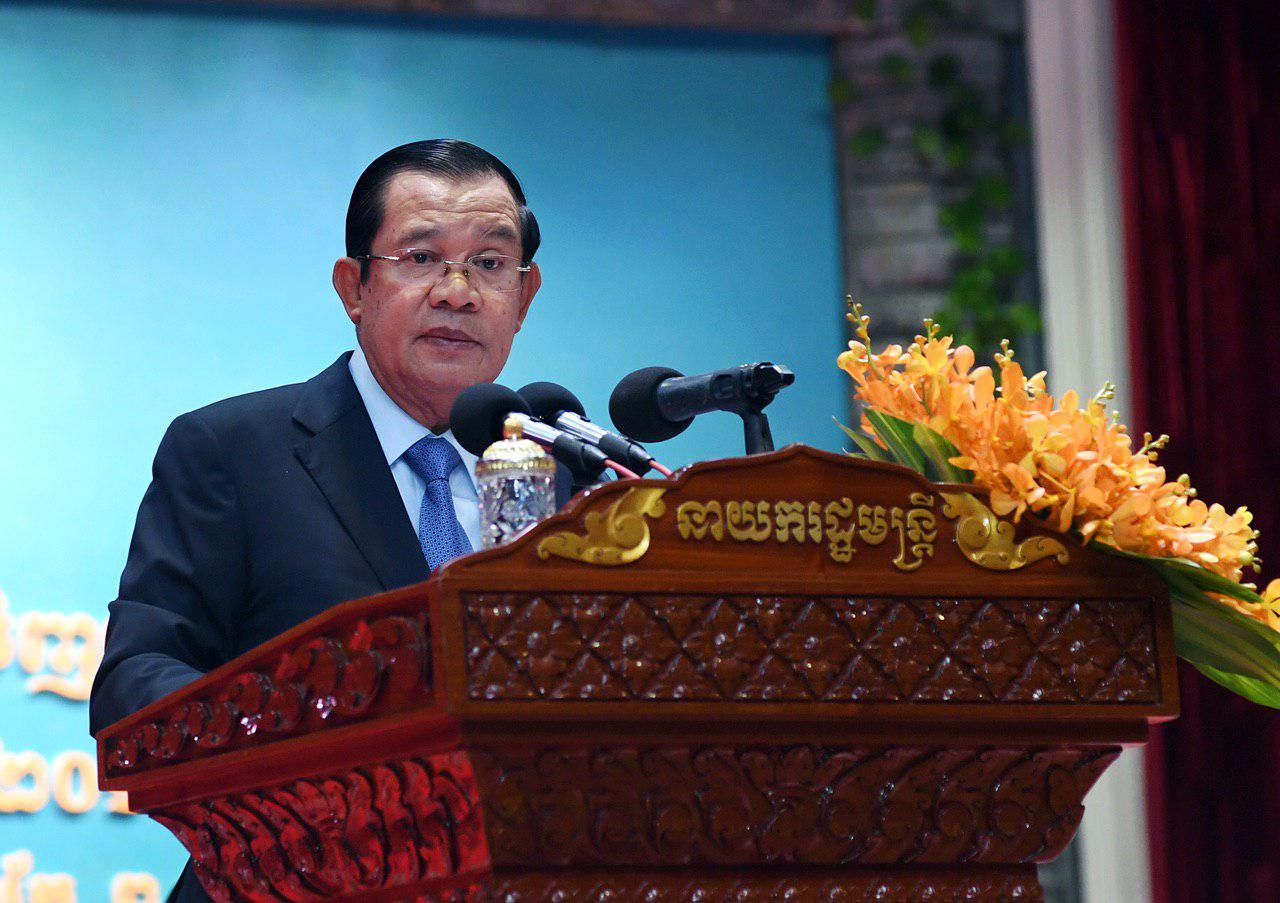
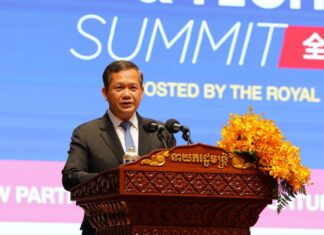


![Special Lecture by Samdech Akka Moha Sena Padei Techo HUN SEN, President of the Senate of the Kingdom of Cambodia, on “Leadership Experiences and Vision for Peace” to the 11th Plenary of the International Parliament for Tolerance and Peace (IPTP) [Unofficial Translations]](https://pressocm.gov.kh/wp-content/uploads/2024/12/468161445_1188047276010391_3141496335218348185_n-100x70.jpg)
